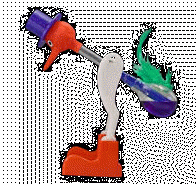
|
|
Rogue Physicist. Free resources for physics education © 2006-2016 Dorian Pascoe. Email: dorian.pascoe@hotmail.co.uk
Most resources are available under a Creative Commons Licence. Visit our mirror at www.physicsweb.altervista.org

Rogue Physicist. Free resources for physics education © 2006-2016 Dorian Pascoe. Email: dorian.pascoe@hotmail.co.uk Most resources are available under a Creative Commons Licence. Visit our mirror at www.physicsweb.altervista.org
|
|
| ||||||||||||||||||||||||||||||||||||||||||||||||||||||||||||||||||||||||||||||||||||||||||||||||||||